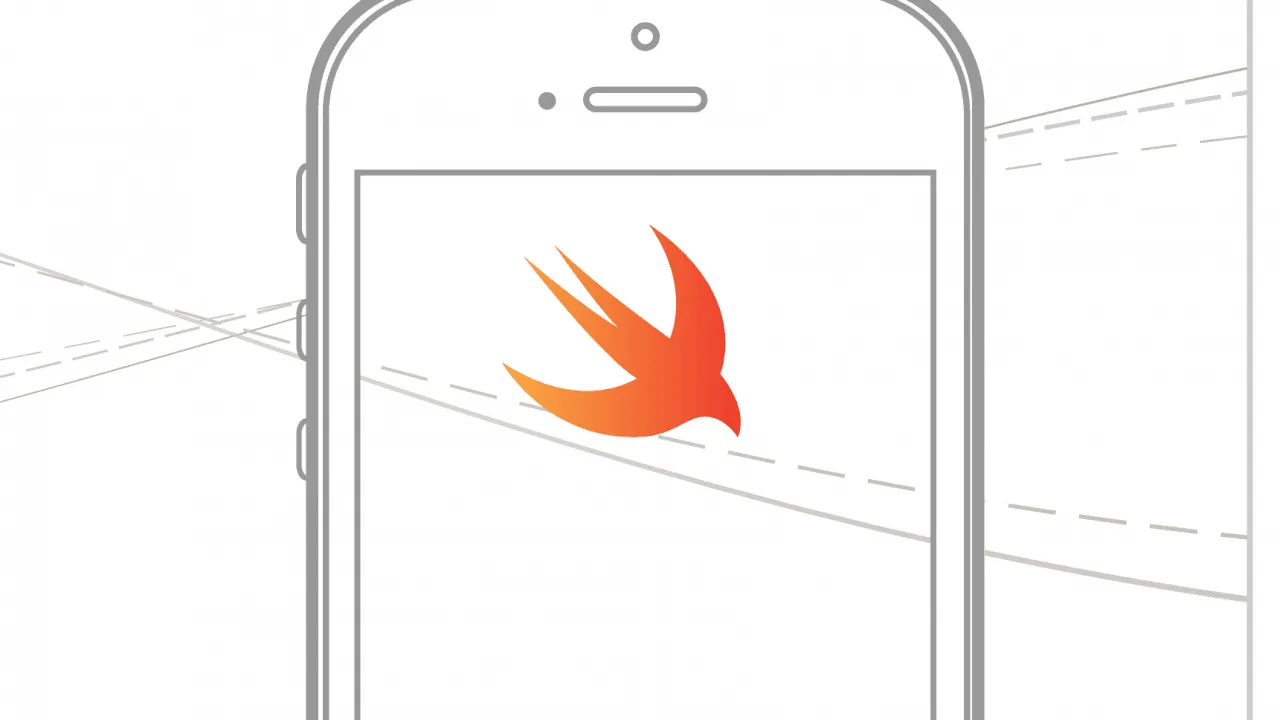
Learn ARKit using Swift 
This online course will teach you the fundamentals of ARKit using Swift and Xcode to create stunning augmented reality scenes. You'll learn how to make your AR experience more dynamic and responsive by incorporating proper lighting and physics with the Swift programming language. Take your AR development skills to the next level with Learn ARKit using Swift! ▼
ADVERTISEMENT
Course Feature
![]() Cost:
Cost:
Free
![]() Provider:
Provider:
Udacity
![]() Certificate:
Certificate:
No Information
![]() Language:
Language:
English
![]() Start Date:
Start Date:
On-Demand
Course Overview
❗The content presented here is sourced directly from Udacity platform. For comprehensive course details, including enrollment information, simply click on the 'Go to class' link on our website.
Updated in [April 29th, 2023]
This course provides an overview of the fundamentals of ARKit using Swift and Xcode to build augmented reality scenes. Students will learn how to make their AR experience more dynamic and responsive by integrating proper lighting and physics using the Swift programming language. Through hands-on activities, students will gain an understanding of the core concepts of ARKit and how to use them to create beautiful and performant augmented reality scenes. By the end of the course, students will have the skills and knowledge to create their own augmented reality experiences.
[Applications]
The application of this course can be seen in the development of augmented reality applications. After completing this course, students will have the knowledge and skills to create dynamic and responsive augmented reality scenes using ARKit and Swift. They will be able to incorporate proper lighting and physics into their applications, making them more engaging and interactive. Additionally, students will be able to use Xcode to build and deploy their augmented reality applications.
[Career Paths]
1. Augmented Reality Developer: Augmented Reality Developers are responsible for creating and developing augmented reality applications and experiences. They use a variety of tools and technologies, such as ARKit, to create immersive and interactive experiences. As the technology continues to evolve, the demand for AR developers is expected to grow significantly.
2. AR/VR Designer: AR/VR Designers are responsible for creating the visual elements of augmented and virtual reality experiences. They use a variety of tools and technologies, such as ARKit, to create immersive and interactive experiences. As the technology continues to evolve, the demand for AR/VR designers is expected to grow significantly.
3. AR/VR Programmer: AR/VR Programmers are responsible for developing the code and logic behind augmented and virtual reality experiences. They use a variety of tools and technologies, such as ARKit, to create immersive and interactive experiences. As the technology continues to evolve, the demand for AR/VR programmers is expected to grow significantly.
4. AR/VR Engineer: AR/VR Engineers are responsible for developing the hardware and software components of augmented and virtual reality experiences. They use a variety of tools and technologies, such as ARKit, to create immersive and interactive experiences. As the technology continues to evolve, the demand for AR/VR engineers is expected to grow significantly.
[Education Paths]
1. Bachelor of Science in Computer Science: This degree path focuses on the fundamentals of computer science, including programming, software engineering, and computer architecture. It also covers topics such as artificial intelligence, machine learning, and data science. With the rise of augmented reality, this degree path is becoming increasingly popular as it provides the necessary skills to develop and maintain AR applications.
2. Bachelor of Science in Software Engineering: This degree path focuses on the development of software applications, including the design, implementation, and testing of software systems. It also covers topics such as software architecture, software development methodologies, and software engineering tools. With the rise of augmented reality, this degree path is becoming increasingly popular as it provides the necessary skills to develop and maintain AR applications.
3. Master of Science in Computer Science: This degree path focuses on advanced topics in computer science, such as artificial intelligence, machine learning, and data science. It also covers topics such as software engineering, computer architecture, and software development methodologies. With the rise of augmented reality, this degree path is becoming increasingly popular as it provides the necessary skills to develop and maintain AR applications.
4. Master of Science in Software Engineering: This degree path focuses on the development of software applications, including the design, implementation, and testing of software systems. It also covers topics such as software architecture, software development methodologies, and software engineering tools. With the rise of augmented reality, this degree path is becoming increasingly popular as it provides the necessary skills to develop and maintain AR applications.
Course Provider

Provider Udacity's Stats at AZClass
Discussion and Reviews
0.0 (Based on 0 reviews)
Explore Similar Online Courses

OGSD 70 : An Introduction to Oil & Gas Downstream Logistics

SAP Retail Omnichannel Commerce

Python for Informatics: Exploring Information

Social Network Analysis

Introduction to Systematic Review and Meta-Analysis

The Analytics Edge

DCO042 - Python For Informatics

Causal Diagrams: Draw Your Assumptions Before Your Conclusions

Whole genome sequencing of bacterial genomes - tools and applications

Intro to iOS App Development with Swift

Toward the Future of iOS Development with Swift


Start your review of Learn ARKit using Swift